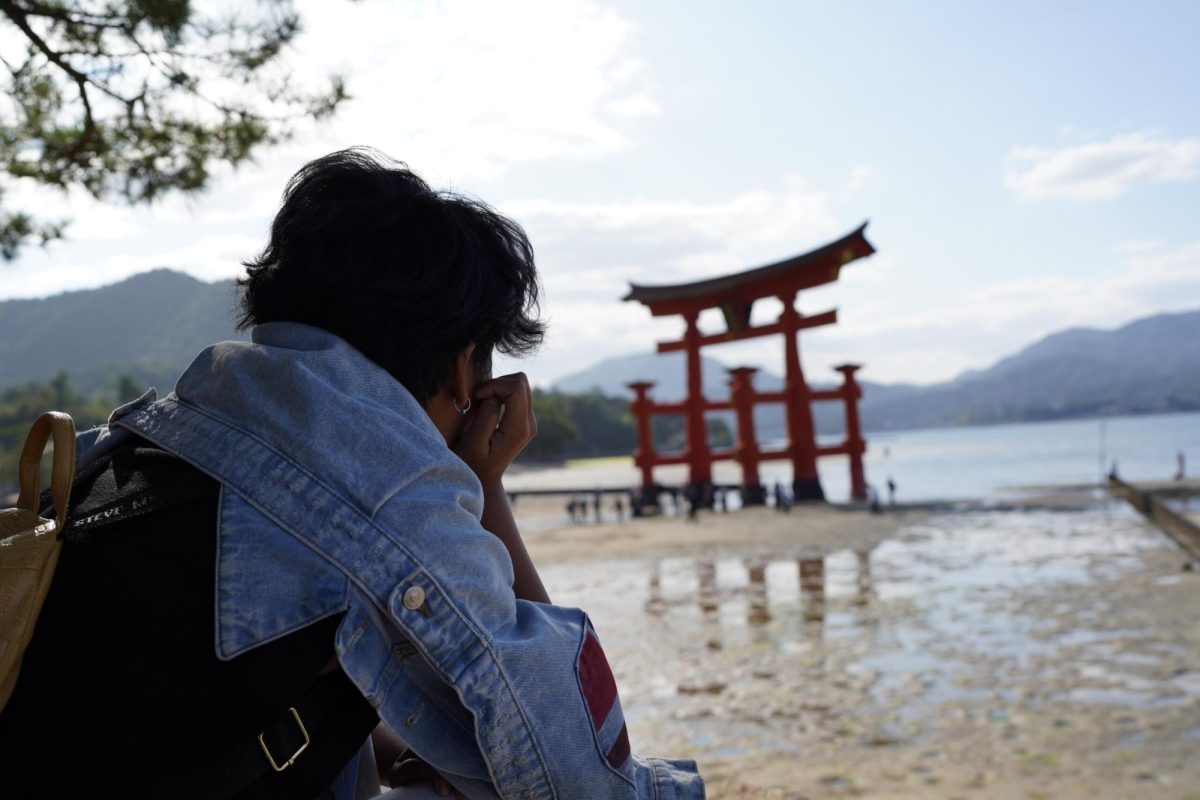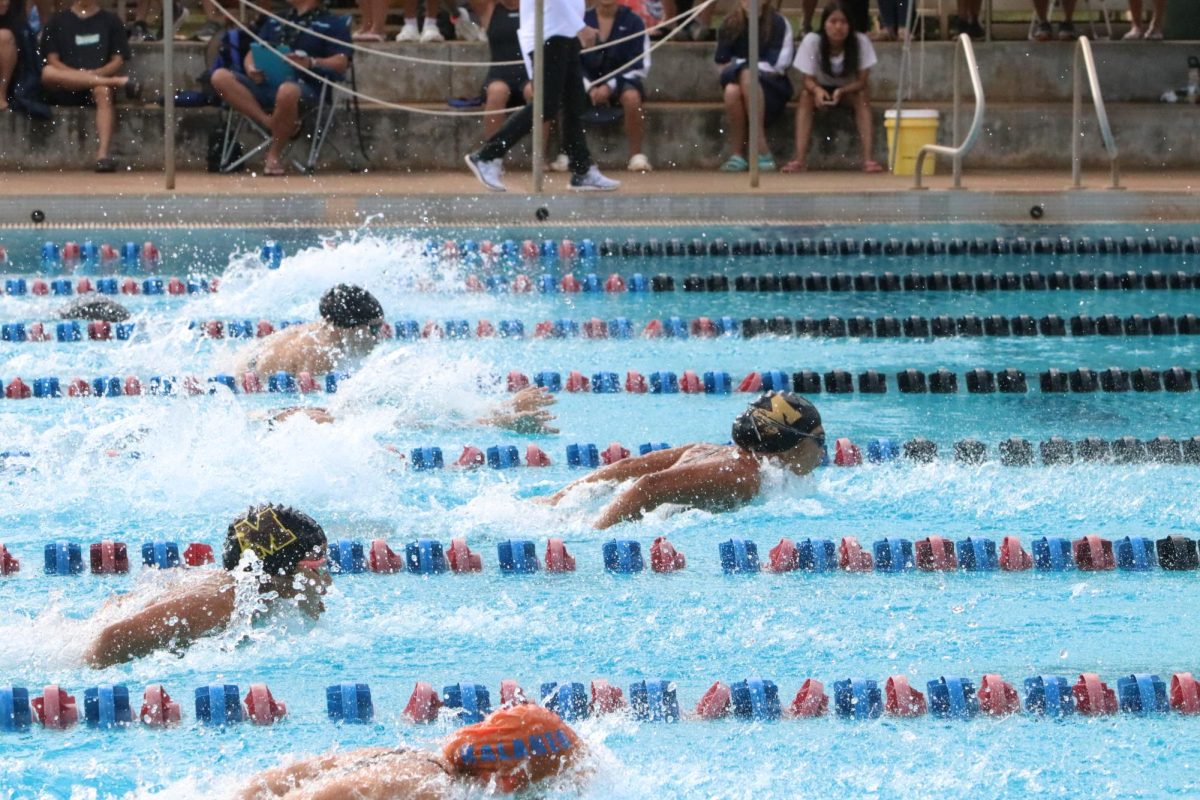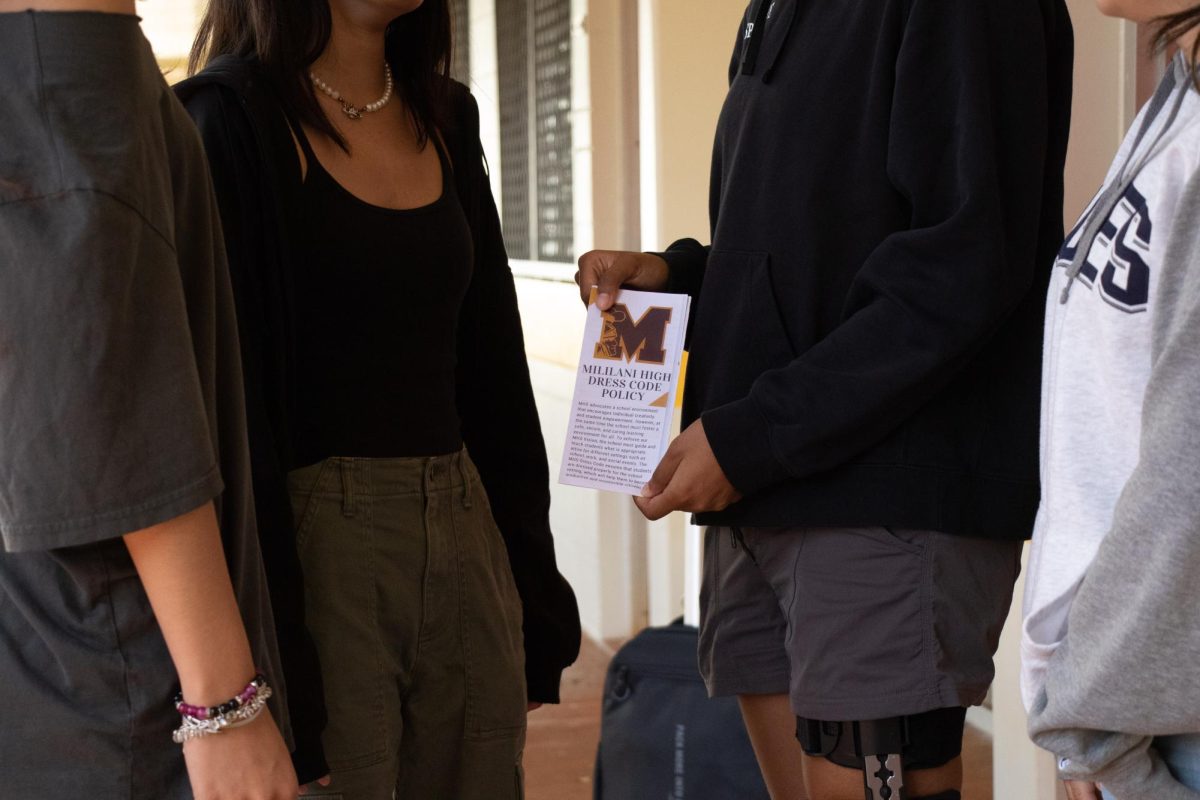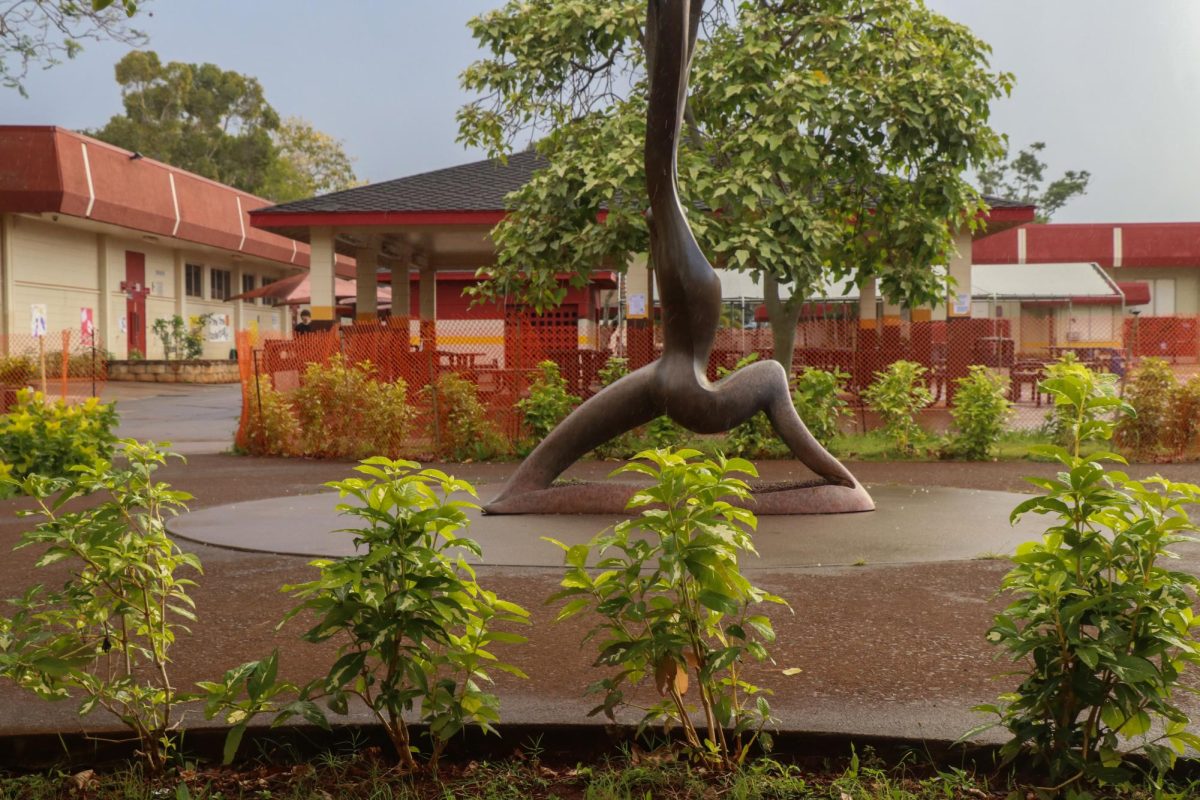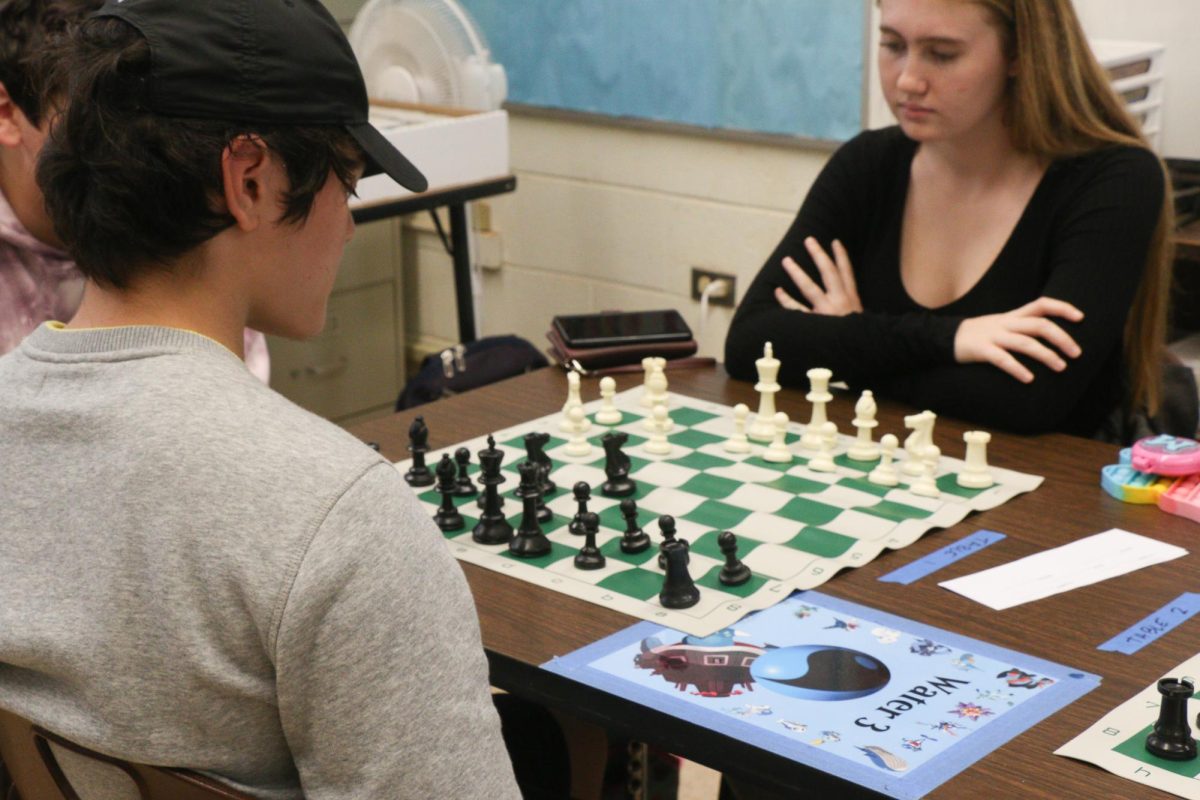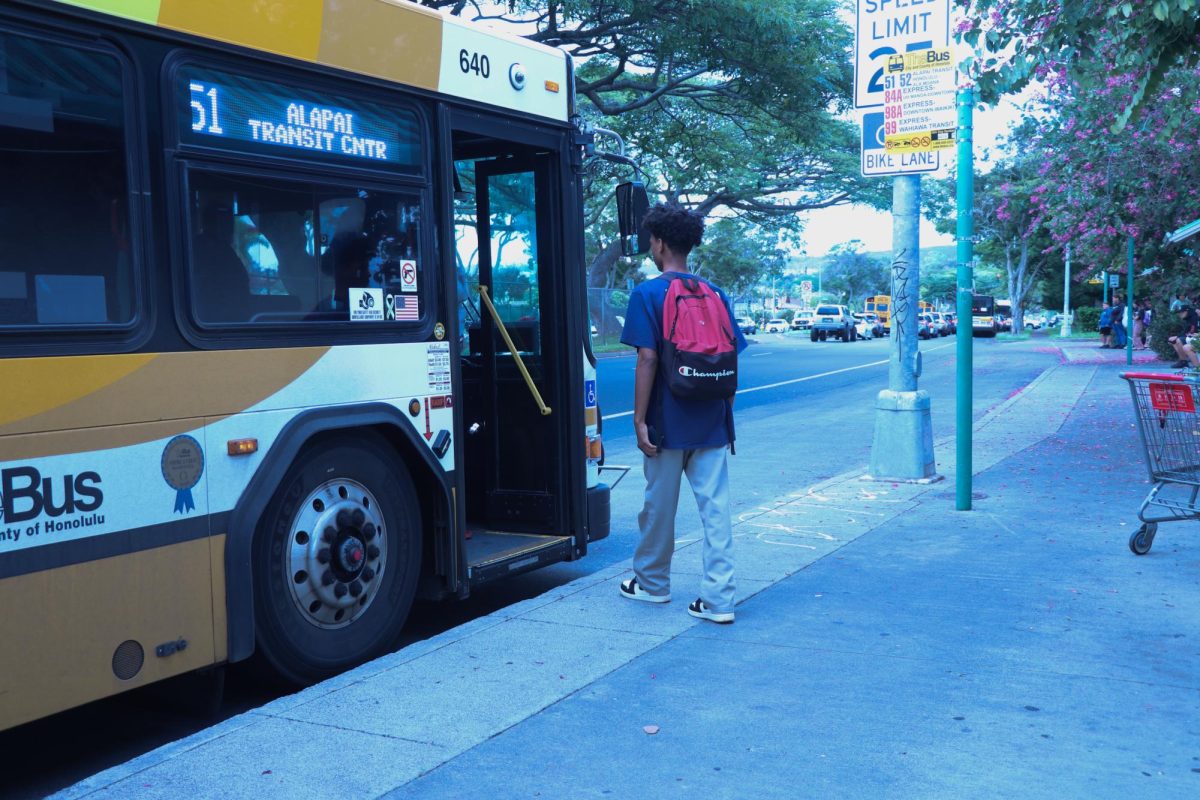By Jessica Fontenot
[email protected]

Founded in the 1980s by current Family Consumer Sciences teacher Candace Chun and her former Food Service class, the Hungry Trojan has not only served and satisfied its past customers but benefited the students who had served in the program as well.
“I wanted to teach them how they would serve customers and in order to make the food and practice and use real people,” explained Chun.
The Hungry Trojan was located in room L101, where it had previously been a classroom reserved for Environmental Science. After Chun requested that it be used for her culinary classes, it was cleared out and replaced with equipment her students would need to use. Due to a change of the class schedule where lunch and recess no longer followed one after the other, the restaurant lasted only three to four years and was discontinued in the late 1980s.
With the restaurant, students in the Food Service class were able to learn skills sought only in actual restaurants. Under Chun’s guidance, they were able to impress the teachers and students they served. “I like to cook and I was kind of curious to see of how they cooked and see how the teachers had done with our kids and I was very surprised,” said Math teacher Edward Sawada. “It was really good. They tried to make a very, very restaurant-like setting, you know? It was kind of formal and the food was excellent. I’d pay to go eat there anytime.”
The restaurant was open once a week and required a small fee per person to cover the cost of the food. Those that were invited were asked to pick their main dish beforehand. In the hour and a half the students were allotted, they had to be able to serve their customers their salads, cook and prepare their main dish and serve dessert. “Because they were upper level students, they had to make more complicated dishes,” explained Chun, “Like for example, in the restaurant, we would serve like a linguini with shrimp and clam sauce.” These sort of dishes made a good impression on the teachers that would eat at the restaurant. “I remember the mahi with the seafood topping. It was extraordinary,” said Health teacher Sandra Lea Patria. To save the students time, both the salads and desserts, such as sponge cake rolls with filling, were prepared beforehand.
Along with opening the restaurant once a week, the students made and sold food during lunch every other day. “For the kids that (went) during lunchtime, I think they would order something really simple like noodles or spam musubi or something like that,” recalled Sawada. Any proceeds the students earned from selling their food were used to buy the ingredients they would need to practice dishes in class or for the restaurant.
Although it cannot be continued today, teachers such as Chun and Sawada reminisce in the memory of the past and wish that the Hungry Trojan could serve the staff and it’s students again.

